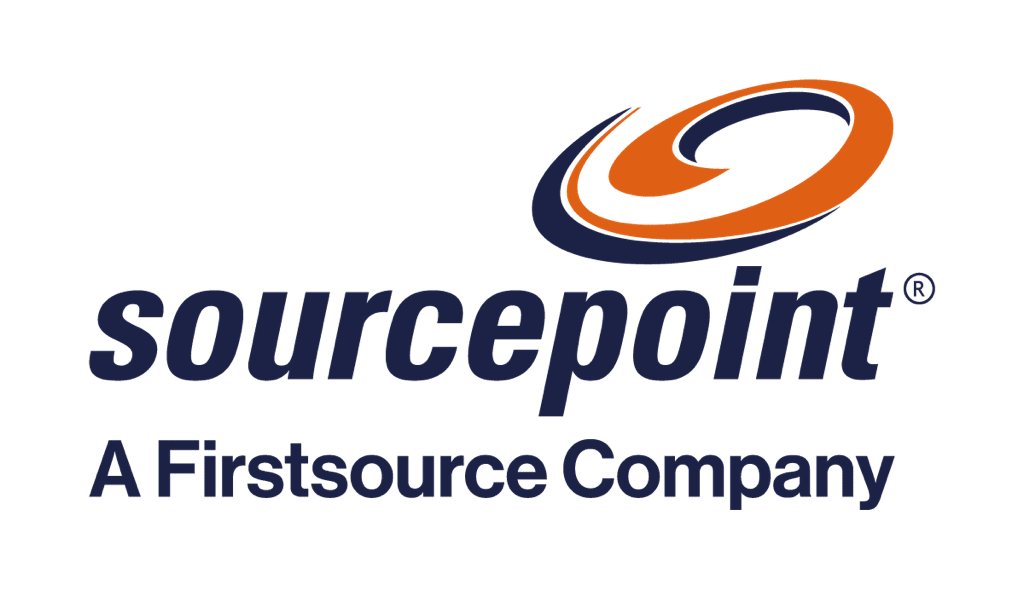Title fraud isn’t theoretical anymore. In 2025, it’s operational—and it’s getting worse.
The FBI’s Internet Crime Complaint Center (IC3) reported that total U.S. losses from internet-enabled crimes exceeded $16 billion in 2024, a staggering 33% increase year-over-year. And while not all of that sits within real estate, the title and mortgage ecosystem has become a primary attack vector. In Q1 2025 alone, FundingShield reported that nearly 47% of real estate transactions showed indicators of wire or title fraud at the highest level ever recorded.
That number shouldn’t just be concerning. It should change how the industry responds.
The evolution of fraud tactics
The problem isn’t just the existence of fraud—it’s the lag in detection and the lack of integrated defenses. We’ve seen this firsthand:
- Fraudulent quit claim deeds recorded under stolen identities.
- Synthetic sellers impersonating homeowners in virtual closings.
- Deepfake voice and document tools designed to bypass basic verification.
These aren’t fringe use cases. They’re increasing in volume, speed, and sophistication—and they’re testing the gaps in every process you haven’t rethought since 2018.
At Sourcepoint, we don’t approach this as a compliance requirement. We treat it as a business continuity threat.
The real cost of fraud
The mortgage transaction is only as secure as the workflows supporting it. And in too many organizations, fraud is still being handled as an exception but not an inevitability. By the time the damage shows up, when ownership is contested, a lien is discovered post-close, or the foreclosure timeline collapses under a bad title chain and the cost is no longer financial.
It’s operational. It’s legal. It’s reputational.
What’s changed in 2025?
What’s changed in 2025 is the speed and ease with which fraudsters can execute. AI-generated documents, fake seller impersonation, phishing emails mimicking real closing agents—these are no longer one-off attacks. They’re templated. Scalable. Monetized. We’re now operating in an environment where the tools that enable fraud are improving faster than the systems designed to stop it.
The wrong response
The response isn’t more alerts or insurance products. It’s precision execution, smart, structured workflows that surface anomalies before fraud reaches the finish line.
That’s exactly where Sourcepoint comes in.
The Sourcepoint approach
We work with leading lenders and servicers to build fraud resilience into the file itself. Our approach integrates:
- Mortgage-specific quality control
- AI-assisted risk detection
- Licensed expertise into the core of originations and servicing.
This is not a bolt-on solution – it’s a requirement.
When we review a title file, we’re not just checking for completeness. We’re looking for what’s wrong with the picture, where the signatory doesn’t match the pattern, where the timeline doesn’t track, where the filing behavior mimics known fraud models. In default environments, we assess how a potentially compromised title could derail downstream investor compliance or foreclosure proceedings.
The role of AI and human expertise
The point isn’t to automate every review. It’s to use automation and AI to give experts the signal intelligence they need, before bad data becomes binding.
We’ve seen what happens when that rigor is missing. So have regulators. So have GSEs. And increasingly, so have the borrowers who are calling their lenders asking why a loan was recorded they never took out.
This is where senior leaders need to pay attention. Fraud isn’t a departmental issue. It’s a structural one. It affects your timelines, your customer experience, your investor trust. It needs to be addressed with operational priority.
Our three-point strategy
We’re helping clients get ahead by doing three things:
- Embedding fraud detection into their post-close and QC environments,
- Using real-time AI monitoring across title data, deed activity, and borrower authentication, and
- Training teams to understand the new playbook fraudsters are using now in 2025—not last year’s.
This is the year to rethink fraud prevention
What we’re seeing now is a tipping point. The institutions that treat title fraud as an inevitability—one that can be managed, minimized, and caught upstream—are protecting margin and brand integrity. The ones that delay will find themselves chasing unrecoverable losses.
This is the year to rewire how we manage fraud risk in mortgage operations. Not by adding steps. By building smarter ones.
At Sourcepoint, we’re not theorizing about the problem—we’re preventing it.
This is your moment to get ahead of the curve. Let’s build your smarter fraud defense together.
Tags: Mortgage fraud prevention, Real estate wire fraud, Fraud detection in mortgage, Mortgage AI fraud detection, Intelligent automation in mortgage, Mortgage RPA fraud protection, Mortgage title fraud






